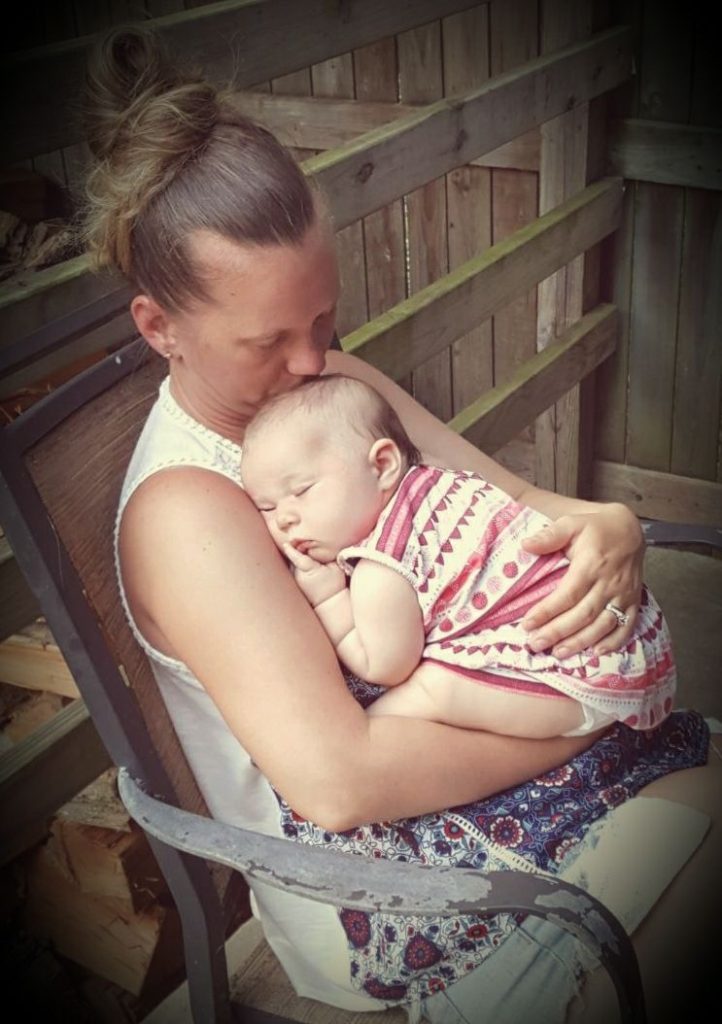
The senses of smell and taste are both powerful and very acute at birth. Although the two senses are interpreted in different parts of the brain, the neural messages for taste and smell meet in the same part of the brain, called the insula.
Babies are born with a very well-developed, almost primal sense of smell that actually intensifies after the baby is about a week old. Babies only a day old show little preference for their mother’s scent, but after familiarity develops, babies will turn their head to a piece of their mother’s clothing with her scent on it, signifying recognition of the scent. Babies prefer sweet scents over sour scents and familiar scents over unfamiliar scents. You may notice that your newborn seems to calm down as soon as you pick him up. He is most likely soothed by your familiar scent. You can also put a shirt that you have been wearing near your baby when you go away to make her think you are still close by.
Babies are like little sponges, taking in new information from the world through all their senses, causing connections in their brain and new learning to take place every day. You can use your baby’s acute sense of smell to help build these important connections in the brain for new learning to take place. For example, if you always use the same soap at bath time when your baby smells that soap they will anticipate going into the bath tub, establishing a sense of cause and effect as well as a routine.
Every day the average person breathes in over 23,000 times, bringing 10,000 different scents toward the smell receptors in the nose. Give your baby lots of different scents to experience. Hold flowers to her nose, different foods, soaps, lotions, whatever is handy. The part of the brain responsible for perceiving smells is very close to the area that perceives memory and emotions, which is why familiar scents often evoke powerful emotional responses and memories.
By using all their senses and having a good awareness of what babies are capable of, we are really helping those connections to form in the brain!
References:
Aamodt, S. & Wang, S. (2011). Welcome to Your Child’s Brain: How the Mind Grows From Conception to College. Bloomsbury, NY.

